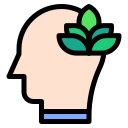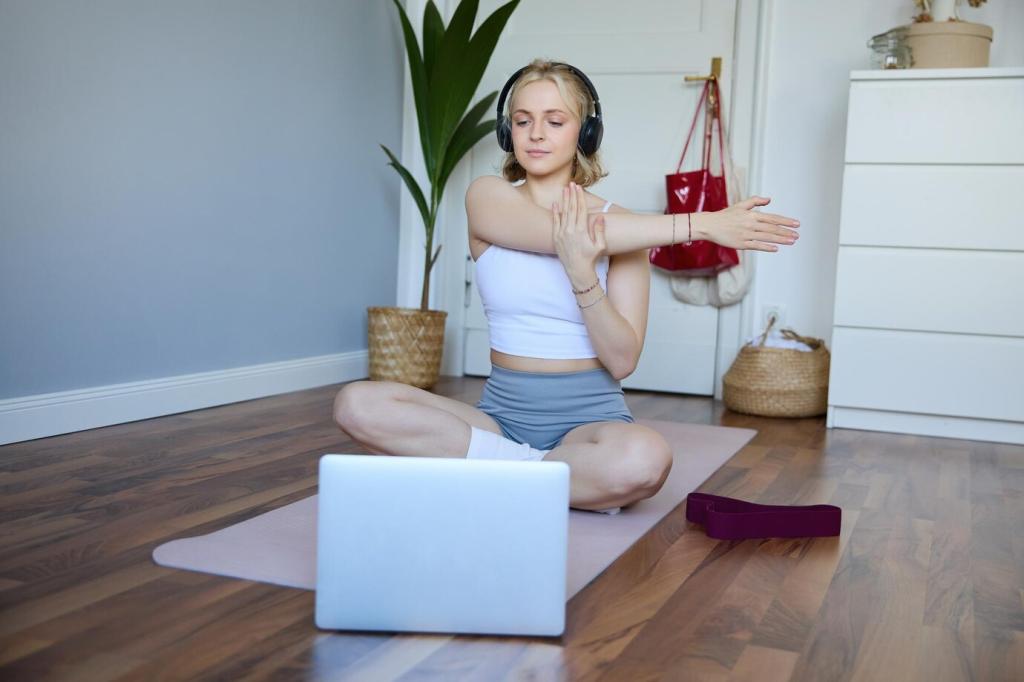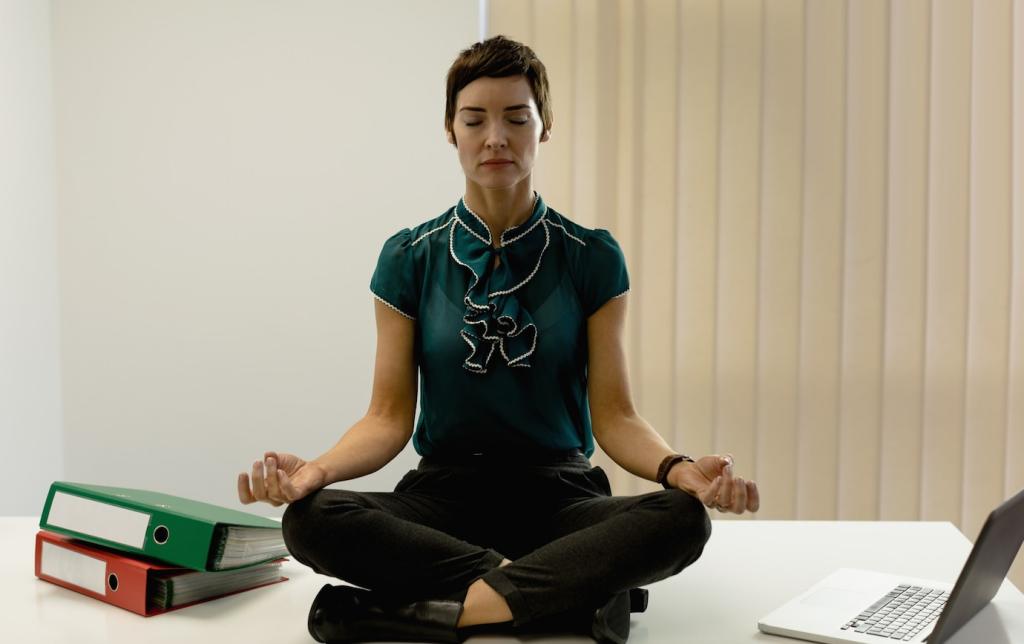Meditation, Demystified for First-Timers
Meditation is a basic training of attention and kindness. You notice breath, body, or sound, and when thoughts wander, you return gently. No perfection needed. Consistency, not intensity, grows steady calm over time.
Meditation, Demystified for First-Timers
A beginner tried three minutes before breakfast. She noticed the kettle click, her shoulders drop, and a small sigh she had ignored all week. That moment felt like a friendly door opening, not a grand achievement.
Meditation, Demystified for First-Timers
Bring curiosity, not judgment. Expect wandering thoughts and celebrate each gentle return. Think one percent improvements: two minutes today, three tomorrow. This approach builds comfort and confidence without pressure or perfectionism.



